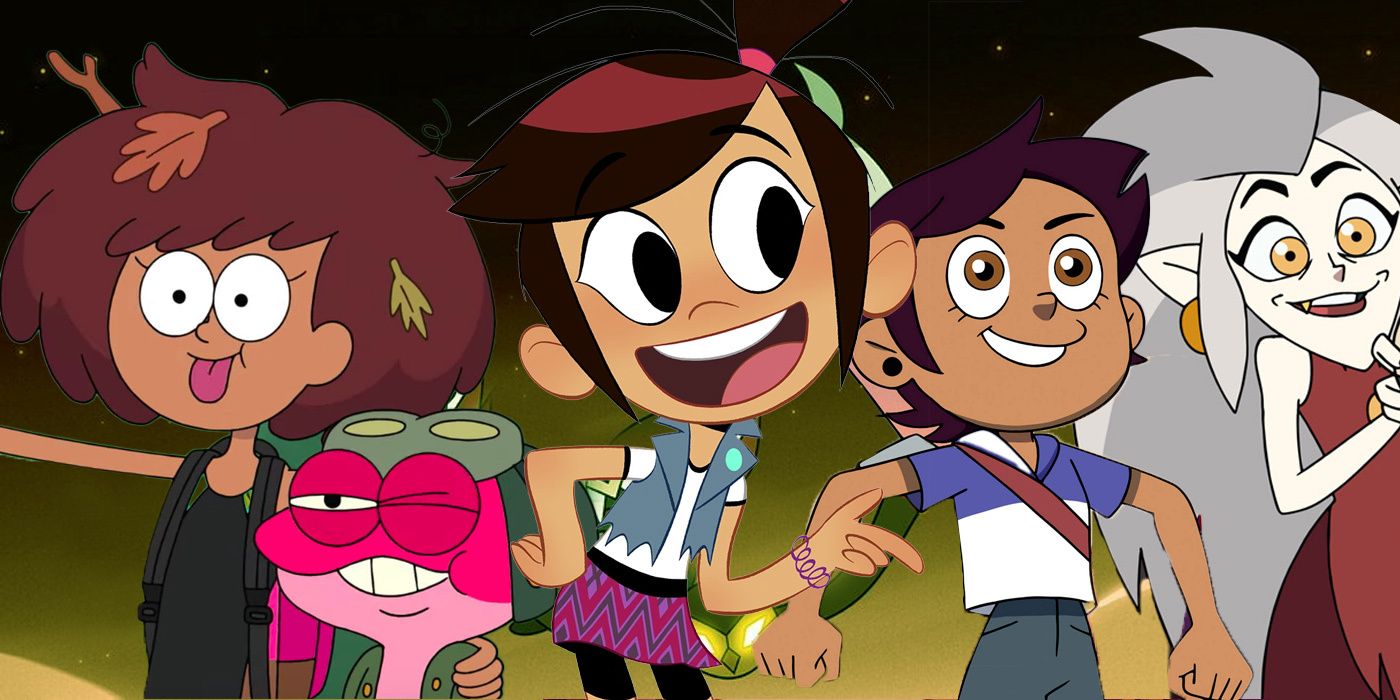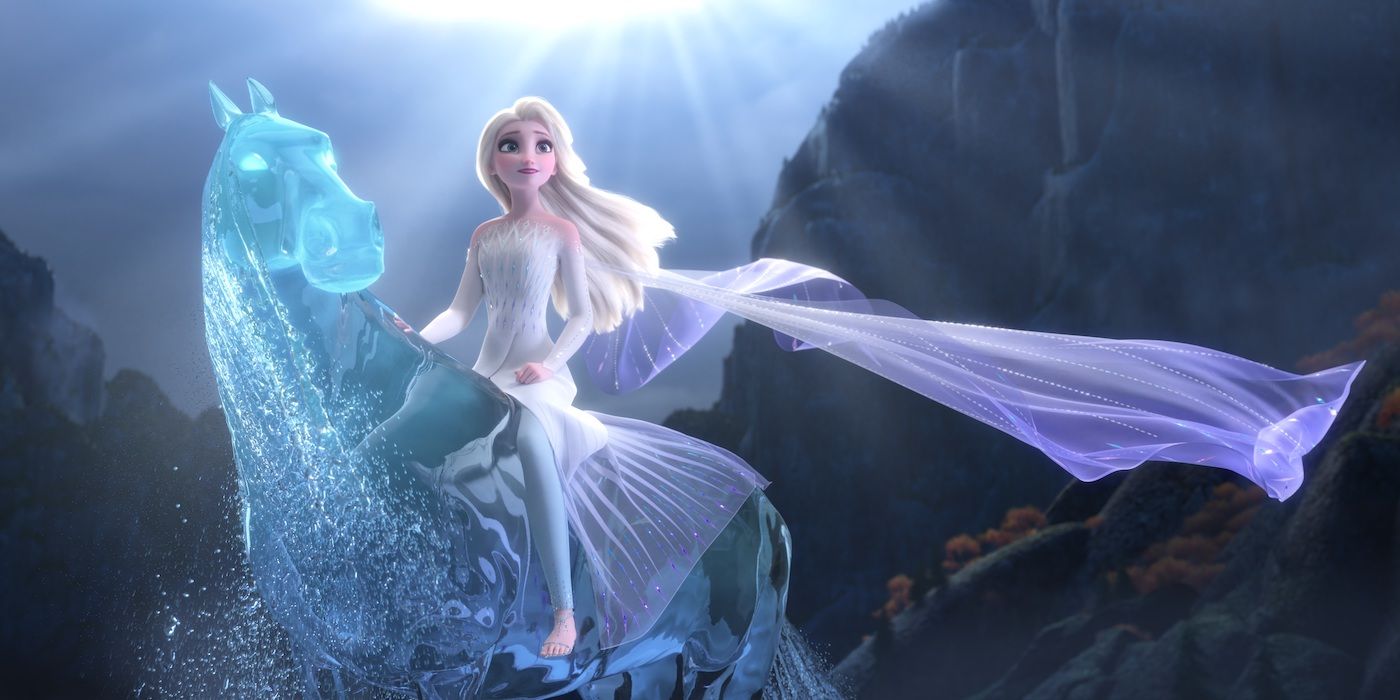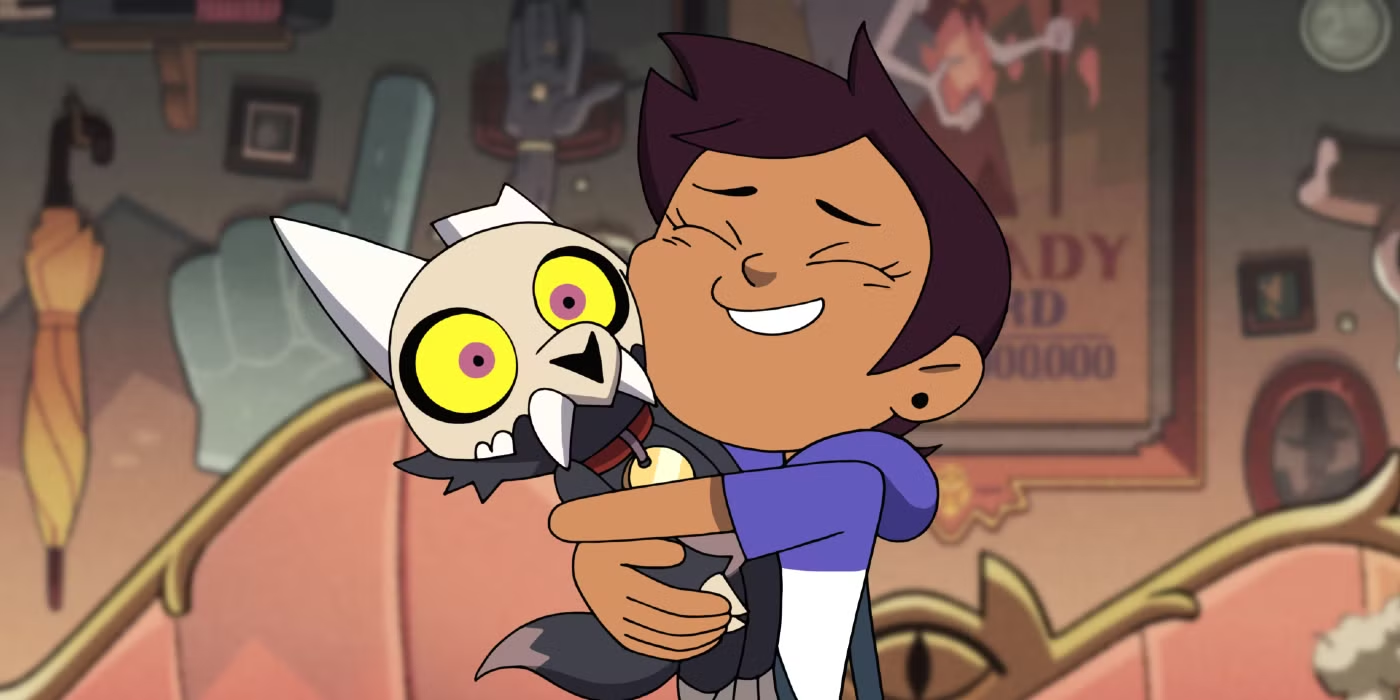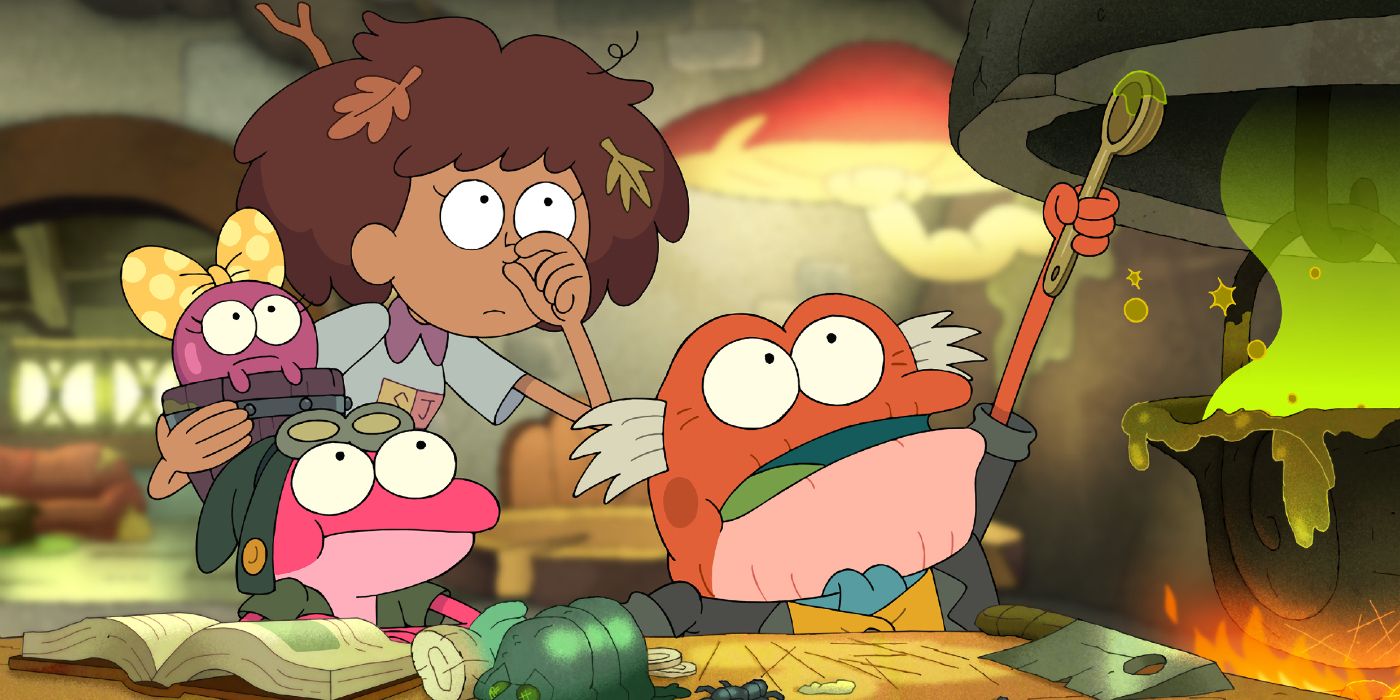What does it mean to be a Disney Princess? Aside from having a showstopping musical ballad, comedic sidekicks and a highly marketable dress, Disney Animation’s pantheon of fairy tale heroines has set a precedent for the kinds of female leads the studio features in their films and the stories they tell, whether they’re technically a princess or not. Generally, Disney “Princess” stories are hero’s journey narratives that follow an idealistic coming-of-age heroine as she overcomes adversity and her own self-worth to achieve a clearly defined want/need, which may or may not manifest in the form of a princely romance. It's a bare-bones plot and basic character template, but one that has proven successful for the studio across its over 80-year history of producing animated family features.
Although Disney films themselves of late have sought to reinvent their feminine archetype through snide metatextual digs at their own tropes with films like Enchanted and Maleficent, characters like Moana and the Arendelle sisters of Frozen still largely retain the basic framework of the idealized princess poised to be a commercialized role model. While more proactive and independent than their predecessors, they still sing their songs, have goofy comic relief characters at their side and wear a wardrobe’s worth of dazzling fashion.
While the princess ideal still reigns over the studio’s animation on the big screen (regardless of the royal status of its lead), Disney Channel’s current ventures in television animation have brought forth some of the most fully-dimensional personalities ever attributed to a female lead under the Disney name. Characters like Molly McGee, Anne Boonchuy and Luz Noceda demonstrate strength and relatable depth of character that surpass the likes of Belle or Jasmine.
In The Ghost and Molly McGee, the titular McGee (Ashly Burch) is a Thai-American tween who navigates her family’s new hometown of Brighton with a curmudgeonly apparition named Scratch (Dana Snyder), who is cursed to be her best friend forever. She is an optimistic opportunist with a love for people that drives her to be an active member of her newfound community. In Amphibia, Anne Boonchuy (Brenda Song), also of Thai decent, finds herself caught in the middle of the feudal lives and struggles of a swamp-life society inhabited by toads, frogs and lizards. She begins the series with a bout of adolescent selfishness, but grows into her own as a devout friend and fearless champion of the Planter family. In The Owl House, Luz Noceda (Sarah-Nicole Robles) is an aspiring teenage witch who is spirted away to a demon realm known as The Boiling Isles. Having been labeled a “weirdo” in her human home, Luz’s passion for learning and discovery makes her feel right at home among the Isle’s griffins and giraffes.
These personality traits are not mutually exclusive to these characters and can be found in most of the modern Disney princesses, but what makes these characters stronger than the princesses is that none of them are poised to be the hero of a romanticized fairy tale; none of them are being positioned to become “the fairest of them all." They are not put on a pedestal as the next ruler in line, the “chosen one,” or even the newest lead in the grand Disney animation tradition to be marketed as a picture-perfect role model. Luz, Anne and Molly are allowed to exist and grow as exactly what they are: kids. Kids with flaws, emotions and baggage that can’t be expressed or gratified with a song. They are identifiable portraits of the kind of young people that are likely watching their stories unfold. They’re allowed to be funny and quirky on their own without funny sidekicks and wear clothes the speak to who they are, not what they can sell as dolls. While they do have to traverse fantastical elements and otherworldly domains, they also deal with the relatable struggles that come with youth. They go to school, face bullies and try to do good by their families while also growing up in to the kind of person they want to be.
The key difference that sets the Disney Channel heroines and their stories apart from those of the traditional princess’ is the demonstration of growth. Disney animated films feature concise stories with character arcs and conflicts that can be resolved in a tight 90-minute runtime. By virtue of being a long form series, Disney Channel shows like The Owl House and Amphibia are permitted to employ more dynamic (and often more dramatic) overarching storylines that go further than the three-act structure of the films. Because of this, Luz, Anne and Molly can experience more hardships and scenarios that demonstrate their character across multiple episodes, allowing them to mature and develop relationships naturally over time. Luz and her girlfriend Amity Blight (Mae Whitman) knew each other for months and grew a friendship before they even expressed romantic interest in each other. We learn more about characters like Anne, Kim Possible and Penny Proud over their respective series than we do Pocahontas or Mulan because their stories deeply explored how they react to various situations and how they learn from them in the act of living, not just from what happened to them in one specific story.
Disney princesses have been the pride of the Disney studio ever since the very beginning and have become feminine icons around the world, being pushed by the company as role models representing the epitome of grace, beauty and strength. While the impact of their popularity is inescapable, Disney Channel’s slate of animated heroines serve as better reflections of the kinds of stories and personalities that young people live with every day. Luz, Anne and Molly are not the royalty we are told to admire, but they are the kind of relatable spirits to whom young viewers can more realistically aspire.




